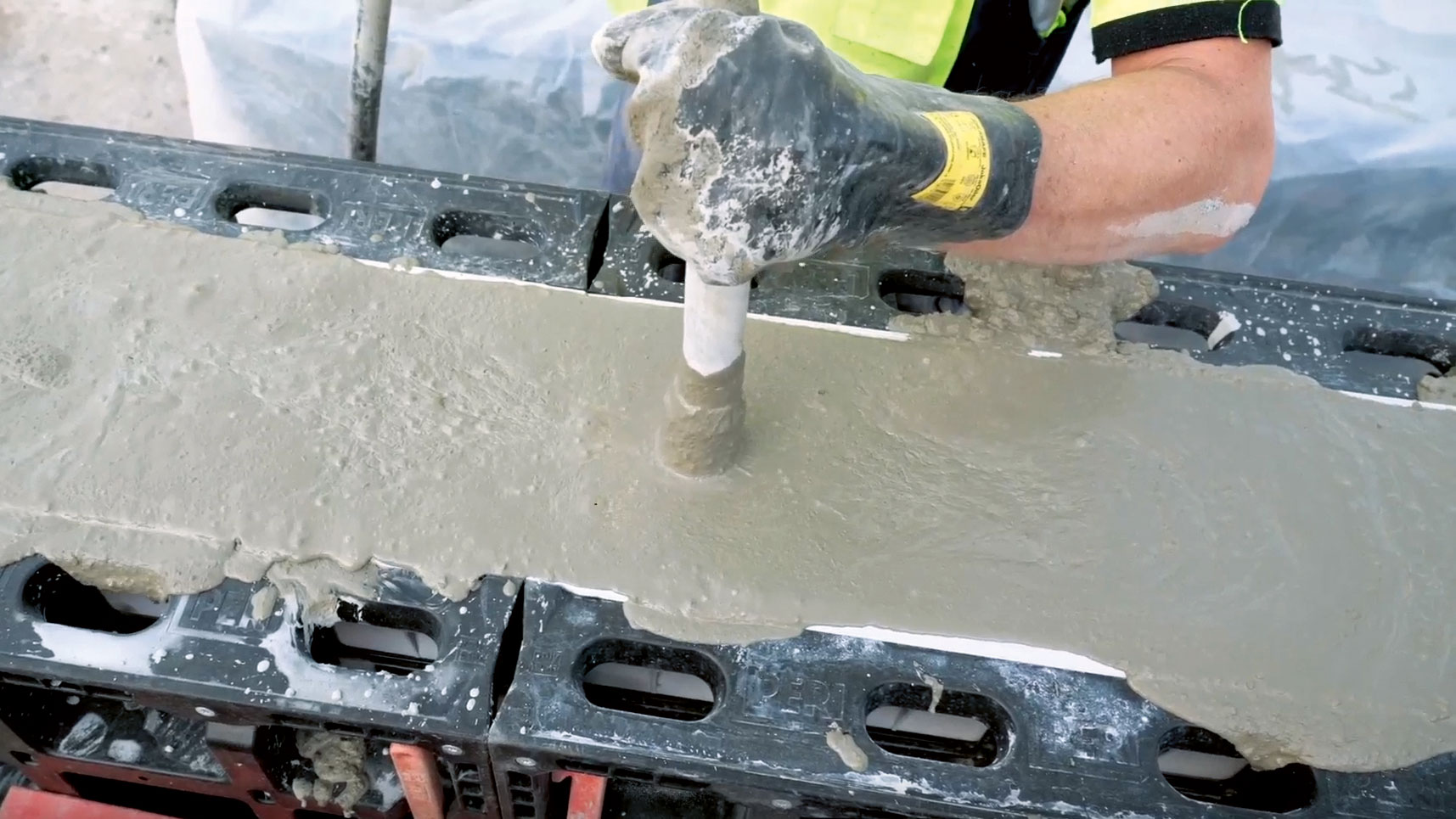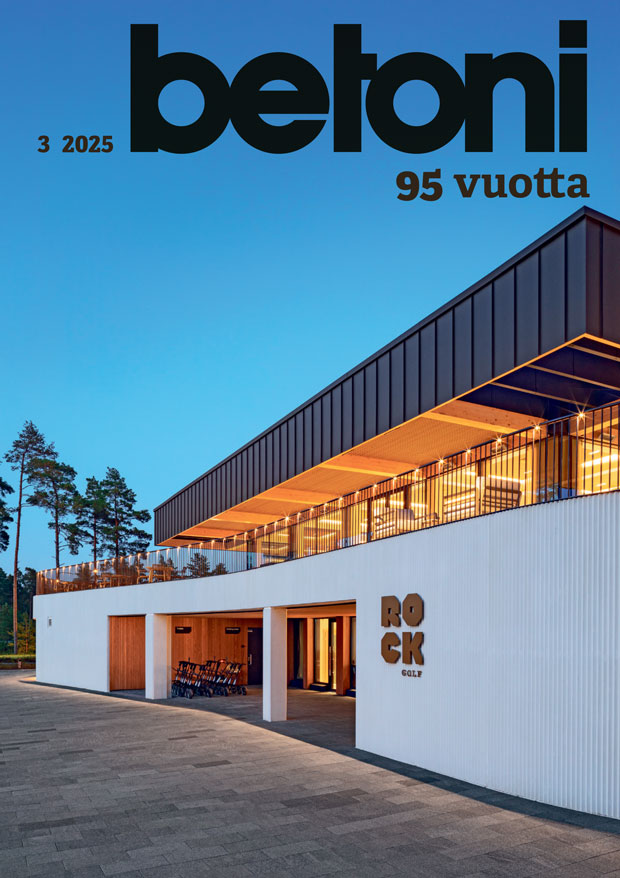In English | ISSUE 3/2025
Automated workability control in concrete production

This doctoral dissertation investigates automated measurement techniques for controlling workability in concrete production, addressing the critical need for more efficient and reliable quality control. The research focuses particularly on normally vibrated, air-entrained concrete, where properties like water/cement (w/c) ratio and air content significantly influence concrete durability in cold climates such as in Finland.
The thesis comprises four interconnected articles examining both the impact of workability on concrete stability and novel measurement techniques for quality control. The first article revealed that concrete consistency noticeably affects air content stability when using polycarboxylate ether-based superplasticisers. Concretes with high consistency showed increases up to 6.6 percentage points in air content within 60 minutes after mixing. The second article demonstrated that AC impedance spectroscopy can effectively monitor concrete segregation during compaction, showing strong correlation (r = -0.948) with aggregate distribution in hardened concrete.
The third article evaluated automated techniques for measuring w/c ratio and air content during mixing. Both microwave absorption and time-domain reflectometry techniques exhibited promising correlations (R² = 0.808 and 0.858 respectively) for w/c ratio measurement, while acoustic wave propagation demonstrated potential for air content determination with moderate correlation (R² = 0.654). The fourth study developed a novel framework using stereovision and machine learning to estimate concrete consistency during mixing, achieving a multiclass classification accuracy of 0.818 for standard slump classes.
The research advances understanding the effects of concrete workability and establishes practical techniques for its measurement. Nevertheless, challenges remain in sensor robustness, measurement accuracy across different mix compositions, and calibration requirements for industrial implementation. Future research priorities include developing more robust quality control systems, advanced data analytics for concrete optimisation, and standardisation of automated measurement methods. These developments will lead to improved product consistency and reduced waste.



